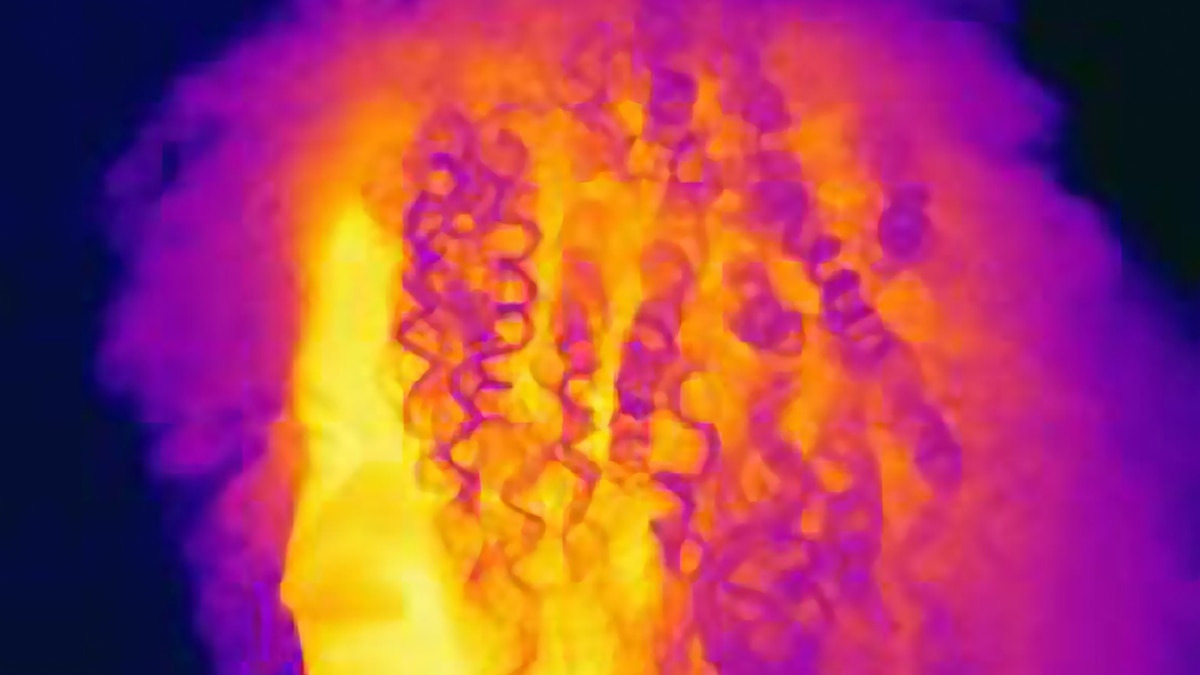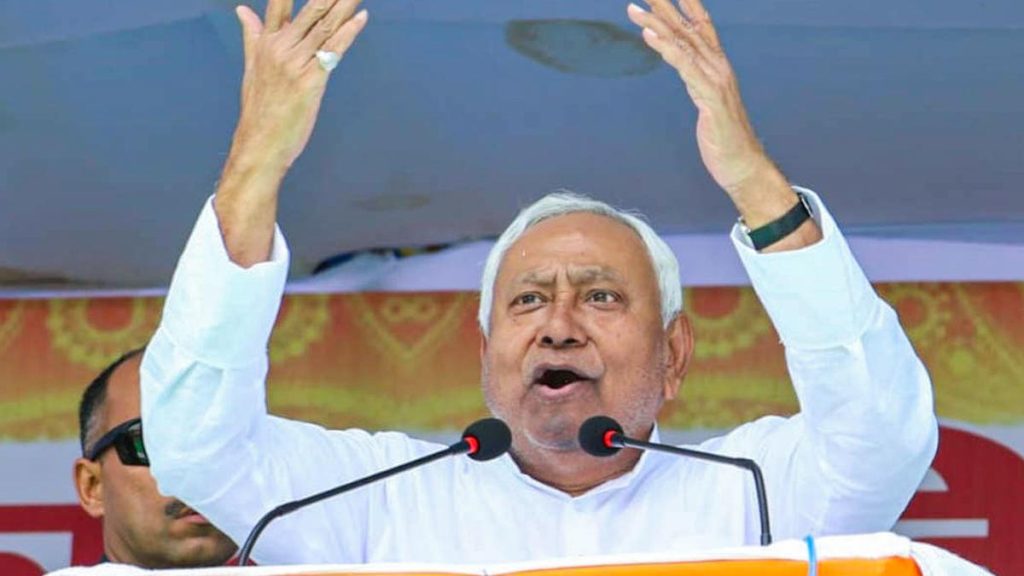Now Reading: Can Hypnosis Effectively Ease Hot Flashes?
-
01
Can Hypnosis Effectively Ease Hot Flashes?
Can Hypnosis Effectively Ease Hot Flashes?

Rapid Summary
- Hypnosis,historically rooted in Franz Anton Mesmer’s 18th-century discoveries,has evolved as a mind-body therapeutic tool.
- Modern uses include battling addiction, chronic pain relief, and addressing menopause-related hot flashes.
- Menopausal hot flashes arise from hormonal shifts affecting the hypothalamus’ regulation of core body temperature; triggers include stress and hormonal changes.
- Common treatments include hormone replacement therapy (HRT), non-hormonal medications like veozah and clonidine, cognitive behavioral therapy (CBT), and now hypnosis. Studies show hypnosis reduces frequency/severity of hot flashes more effectively than CBT.
- Hypnosis works by suggesting cooling sensations to the brain during moments of dysregulation while focusing on dopamine-triggering relaxation techniques that reinforce this effect over time.
- Hypnotism treatment for hot flashes avoids side effects associated with medications but requires consistency for lasting results.Accessibility via apps or therapists is a cost-effective option compared to traditional medicines like veozah ($550/month).
Indian Opinion Analysis
The exploration of hypnotism for treating menopausal symptoms is both innovative and promising within global efforts toward enhancing women’s healthcare options-an area often underprioritized historically. India may find interest in this alternative approach due to its affordability compared to higher-cost pharmaceuticals or exclusive therapies inaccessible across socio-economic strata.Hypnotic interventions align well with india’s traditional emphasis on holistic care methods such as meditation or yoga for alleviating health challenges without invasive procedures or significant risks-a cultural resonance factor that could prompt research adaptation locally.
Moreover, making accessible evidence-backed apps or trained practitioners could democratize therapeutic solutions tailored for India’s urban centers alongside rural areas where resources are constrained but awareness grows steadily regarding non-traditional medicine efficacy benefiting quality equity gaps broadly

























